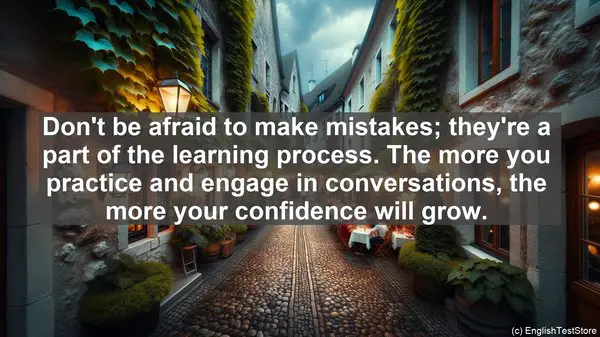Introduction: The Importance of Effective English Communication
As students, we often find ourselves in multicultural and multilingual environments. Whether it’s a classroom, workplace, or social setting, effective English communication is crucial. It not only helps us convey our thoughts but also fosters understanding and collaboration. Today, I’ll be sharing 10 tips that will undoubtedly enhance your English communication skills in such diverse settings. So, let’s get started!

1. Active Listening: The Foundation of Effective Communication
Communication is a two-way street, and active listening is the key to unlocking its true potential. When someone speaks, give them your undivided attention. Avoid interrupting and instead, focus on understanding their message. This not only shows respect but also ensures that you respond appropriately, fostering a meaningful conversation.
2. Clear and Concise: The Power of Simplicity
In a multicultural environment, it’s essential to communicate your ideas clearly and concisely. Avoid using jargon, complex sentence structures, or ambiguous terms. Instead, opt for simple language that can be easily understood by everyone. Remember, the goal is to convey your message effectively, not to impress with complexity.
3. Non-Verbal Communication: Beyond Words
Communication isn’t just about words. Non-verbal cues like facial expressions, gestures, and body language play a significant role, especially in diverse settings. Be mindful of your non-verbal signals, as they can convey emotions, intentions, and even cultural nuances. A smile or a nod can go a long way in establishing rapport and understanding.
4. Cultural Sensitivity: Embracing Differences
In a multicultural environment, cultural sensitivity is paramount. Different cultures have distinct communication styles, norms, and taboos. Educate yourself about these nuances, and be respectful of them. This not only avoids misunderstandings but also fosters a harmonious and inclusive environment.
5. Confidence: The Key to Overcoming Language Barriers
Language barriers can be daunting, but confidence can help you overcome them. Even if you’re not fluent, speak with conviction and clarity. Don’t be afraid to make mistakes; they’re a part of the learning process. The more you practice and engage in conversations, the more your confidence will grow.
6. Ask for Clarification: Seeking Understanding
When faced with a language or cultural barrier, don’t hesitate to ask for clarification. It’s better to seek understanding than to make assumptions. This not only shows your commitment to effective communication but also prevents misunderstandings that can have far-reaching consequences.
7. Use Visual Aids: Enhancing Comprehension
Visual aids like charts, diagrams, or even gestures can significantly enhance comprehension, especially when dealing with complex or abstract concepts. They provide a visual representation that complements your verbal communication, making it easier for others to grasp your message.
8. Practice Empathy: Understanding Others’ Perspectives
Empathy is a powerful tool in effective communication. Put yourself in the other person’s shoes, and try to understand their perspective. This not only fosters a deeper connection but also helps you tailor your communication to their needs, ensuring better understanding and collaboration.

9. Be Open to Feedback: Continuous Improvement
Feedback is invaluable in improving your communication skills. Whether it’s from a teacher, colleague, or friend, embrace feedback with an open mind. Identify areas for improvement, and actively work on them. Remember, effective communication is a lifelong journey of learning and growth.
